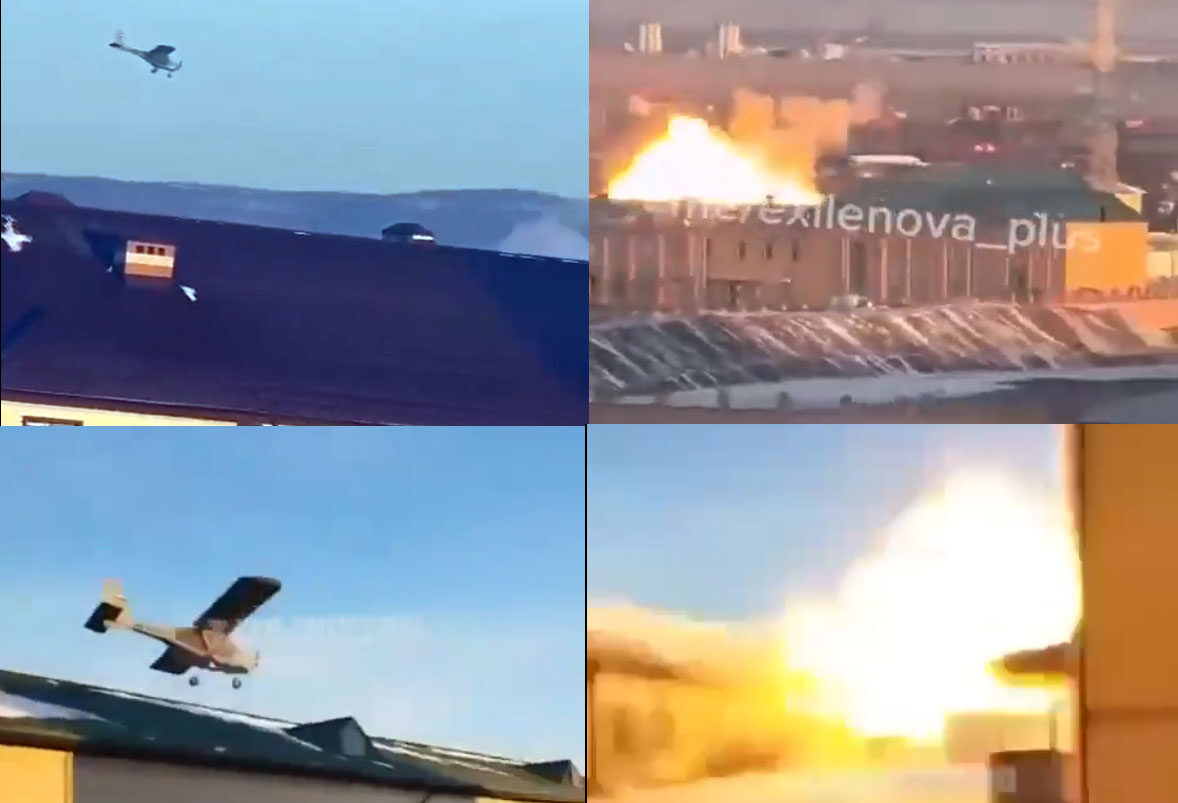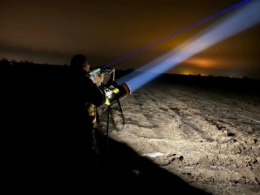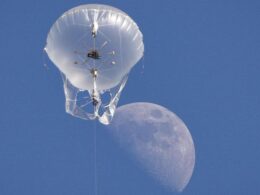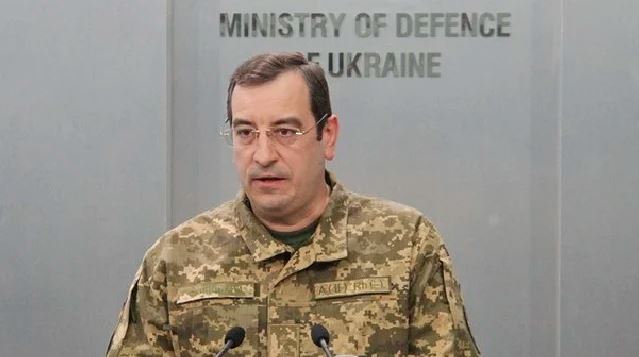Ukraine could have carried out an attack on a base of OMON, Russian military special police units in Grozny in Chechnya, with an A-22 aircraft modified into a strike drone, says Forbes analyst David Axe.
On 15 December, four explosions rocked military facilities in Grozny, striking the territory of the second regiment and the OMON base. These are two of the many military facilities controlled by Chechnya’s leader, Ramzan Kadyrov, who actively supplies personnel for Russia’s war against Ukraine. The capital of Russia’s Chechnya Republic is located more than 800 km from the war zone in Ukraine.
According to the Forbes analyst, the attack is the latest in a series of long-range A-22 strikes, which the Ukrainian intelligence agency has been modifying into one-way strike drones since the beginning of this year.
"Ranging as far as 800 miles with extra internal fuel in addition to their remote guidance systems and explosive payloads, the $90,000 A-22s have struck—among other targets—a drone factory, a missile research facility, and a naval base crowded with warships," said Axe.
He notes that the drone's cockpit glass was opaque, and the drone likely once had a registration number on its tail, as one of the videos from the attack shows a paint stain.
"That might indicate that the intelligence directorate is sourcing used A-22s for its drone program rather than taking all the airframes directly from the Aeroprakt factory in Kyiv," explained the report.
The hit also caused
a fireball, but not the avalanche of debris one might expect from a specially designed deep strike munition like the British Storm Shadow missile.
"Where a Storm Shadow boasts a tandem warhead—one to open a gap in the target, a second to explode inside—the A-22 appears to carry a simpler unitary warhead.
Moreover, a Storm Shadow or similar missile travels at 600 miles per hour, lending it greater penetrative power. By contrast, an A-22—which sacrifices speed for range—maxes out at around 125 miles per hour," said the Forbes expert.
The lack of penetration may not be a concern when the target is vulnerable. However, it becomes crucial when the target is armored or underground.
This is why Ukraine focuses on striking softer, more distant targets with its sport plane drones while reserving its Storm Shadows and similar SCALP-EG and Neptune cruise missiles for harder, closer targets like buried command bunkers.
Related:
- Ukraine’s Forces hit major oil terminal in Russia’s Oryol Oblast
- Kadyrov’s personal army in Russia grows to 20 units during all-out war
- Drone strikes Kadyrov’s forces barracks in Grozny overnight (video)
- Drones target military plant in Russian Taganrog, oil depot in Bryansk
- Zelenskyy: Palianytsia in mass production, Ruta missile trials successful
- Russian ammo depot explodes in occupied Yenakiieve after alleged HIMARS strike





